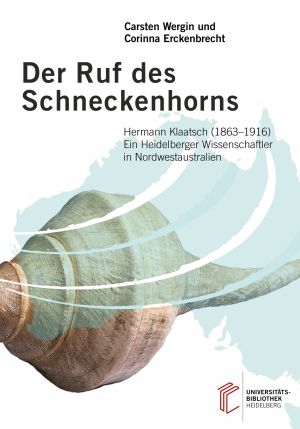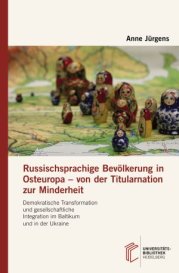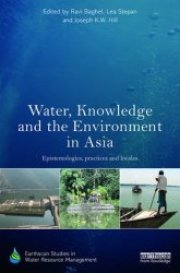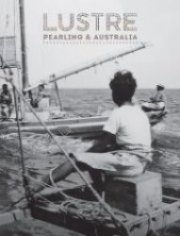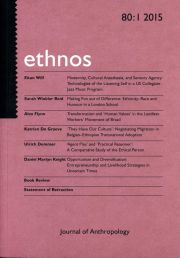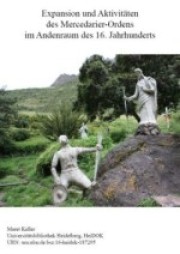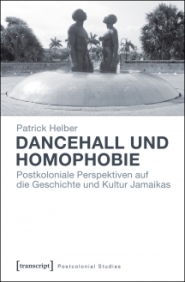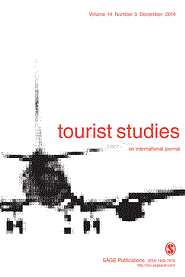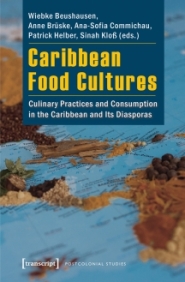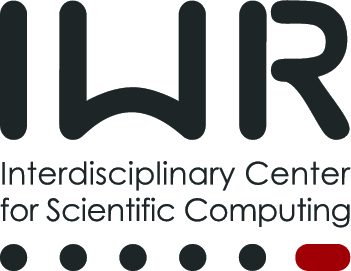Methoden und Anwendungen Kolleg (Methods and Applications Collegium)

Disciplined Interdisciplinarity
(Click here for a higher resolution of the logo)
Methods and Applications Collegium (MAK)
The MAK (Methods and Applications Collegium = Methoden und Anwendungen Kolleg) hosted jointly by Tanscultural Studies and IWR brings together specialists from different fields of expertise with the aim to engage in a research tactical dialogue ("disciplined interdisciplinarity") in order to finde pragmatic solutions to technical problems on the one hand and used cases to test new applications/methos. This can lead to forming ad-hoc task forces of different scholar to resolve a variety of problems at the intersection of science and humanities.
People
Coordination: Dr. Kilian Schultes
| Regular participants, members |
|---|
|
Capital project (T. Schoebel, M. Strub, B. Ommer, G. Christ)
How do capitals correlate in respect of time, place and structure? How do motifs, tools, material and techniques migrane? Which techniques, motifs and artisans migraten in the 13th century from Strasbourg to the trifels? [...]
Projekt Archeye (Chr. Seitz, H. Altenbach)
Using the Quadrokopter it is possible to take a row of photos from a vertical position over the dig. They then are connected digitally to a map in high-resolution. [...]
Interdisciplinary excursion of the MAK V 21 April 2012 (N. Vollweiler, G. Christ)
Interdisciplinary excursion of the MAK IV October 2011 (G. Christ, N. Vollweiler)
Program | Account
Introduction to medieval archaeology III 16.04.2011 (G. Christ, N. Vollweiler, O. Wagener)
Program | List of seminar papersIntroduction to medieval archaeology II 13./16.10.2010 (G. Christ, N. Vollweiler, O. Wagener)
Program | List of seminar papers | Geo hist terrain analysis
Group excursion in the Palatinate Forest 1./2.10.2009 (G. Christ et al.)
Group excursion in the Palatinate Forest,dealing with archaeological data collection and employment of archaeological and architectural historical sources in historical research.
„Gesprengte Turm“ (M. Forbriger, H. Mara, O. Wagener)
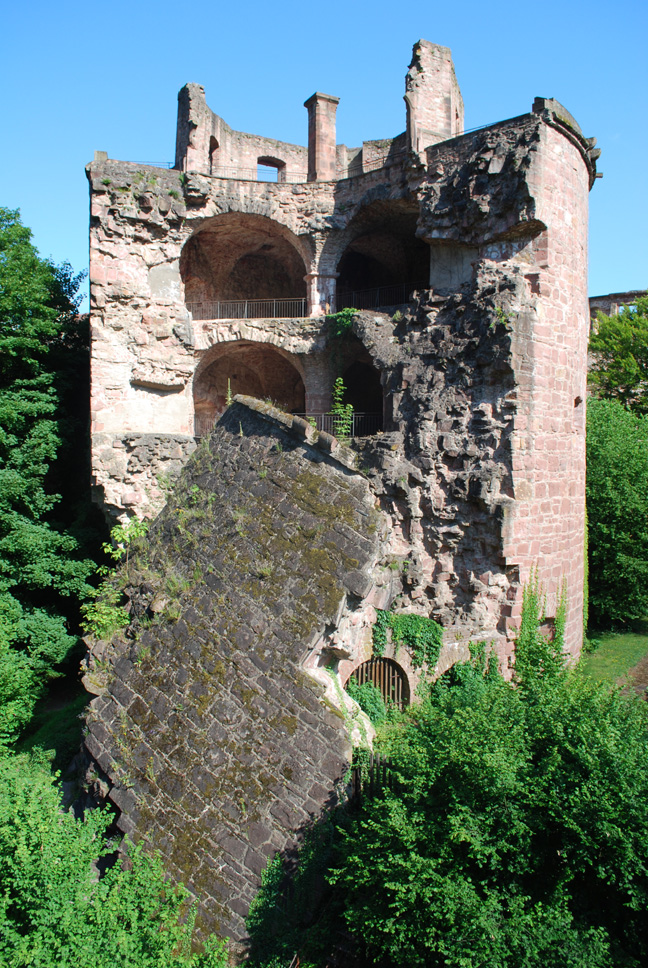
Visitors of the Heidelberg Castle will notice the „Gesprengte Turm“, also calles "Krautturm". It is an impressive round tower from the 1500s, built of red sandstone. The tower was blown up during the french invasion in 1693.
A workgroup formed of associates from different fields of research, has scanned the tower wir a mid-range Scanner, owned by the Geographical institut. and is therefor now able to draw a virtual 3D-Model of the tower.
Using the scan it is possible to replace the broken parts virtually and to reconstruct the process of its blast, concerning the historical primary source and blueprints.
Interdisciplinary study „Alte Burg“ in the Alkener Bachtal (M. Forbriger, O. Wagener)
With archaeologists, historians, geographers and computer scientists we visited the "Alte Burg" (near the river Moselle) and did a topographical survey in 3-D. [...]
Methodology
Principle: "Disciplined interdisciplinarity"
- Advisores, members (max. 20), Guests
- Meetings max. 60‘
- shorts reports (5‘), Questions
- feedbacks to the speaker (5‘)
- Problem solving is center of attention
- Make contacts; work further in ad-hoc-groups
- collective representation of interests
Participants of the following institutions (selection):



